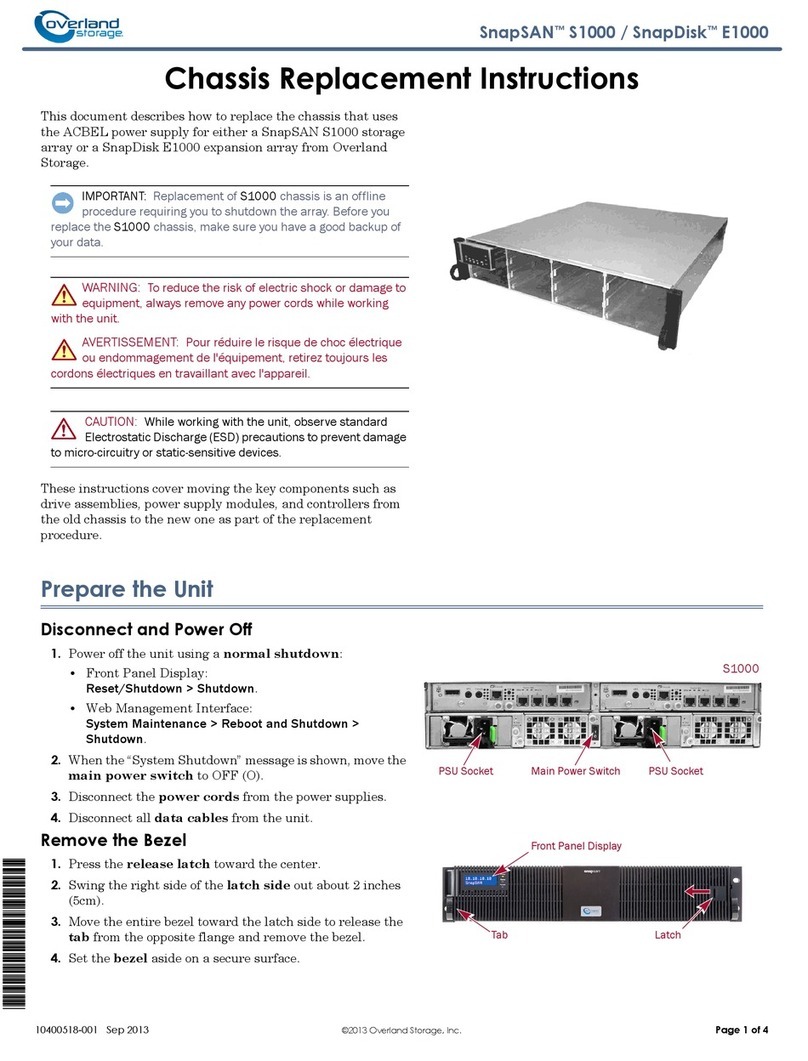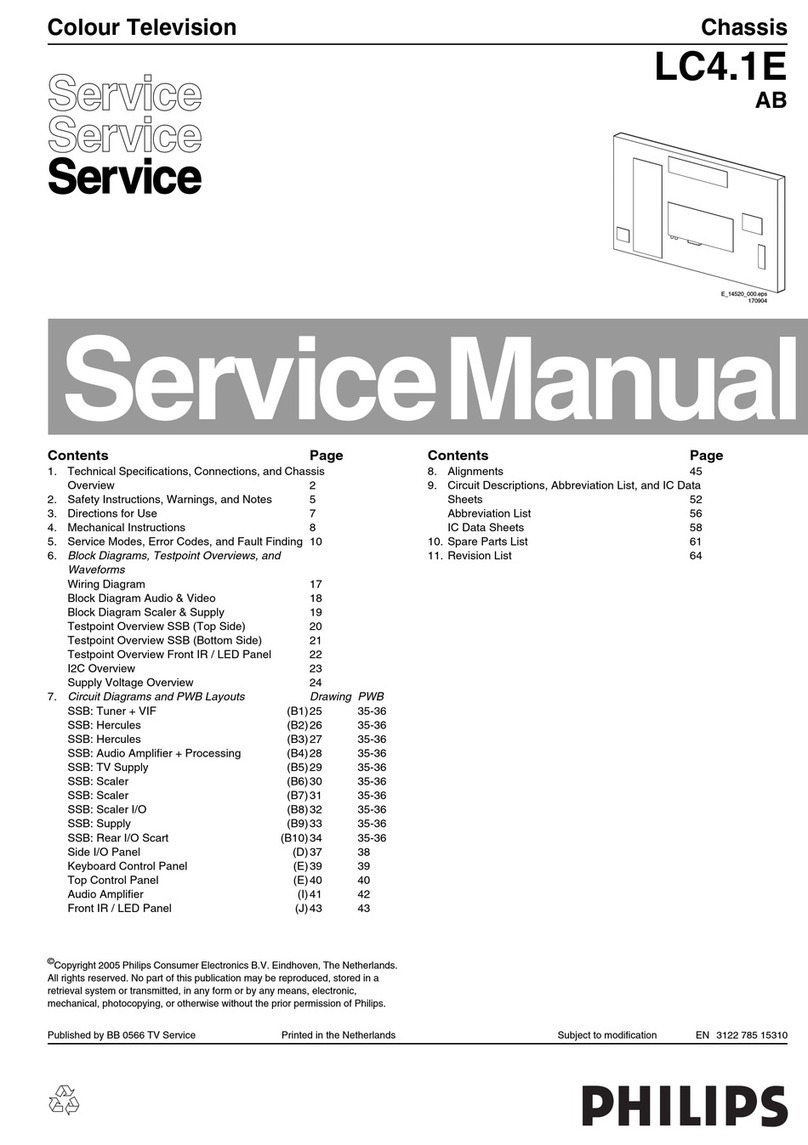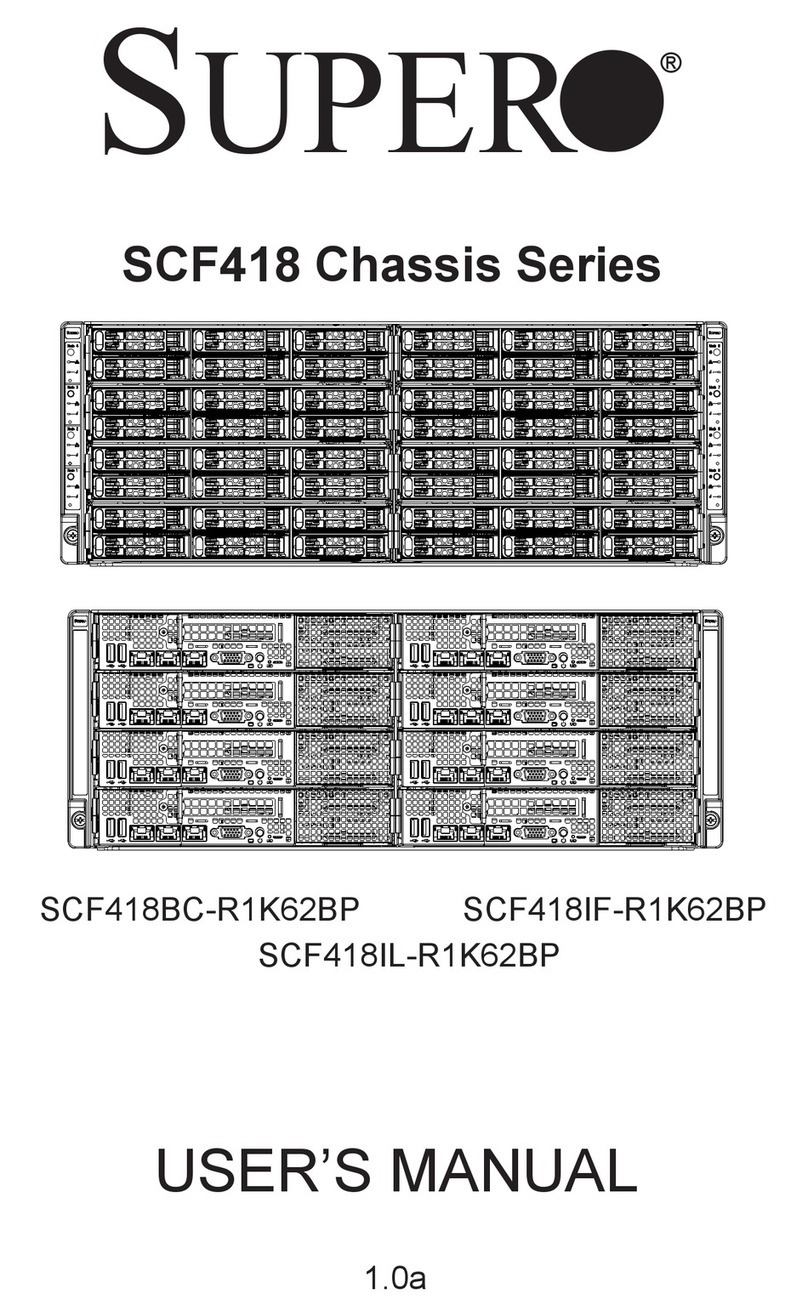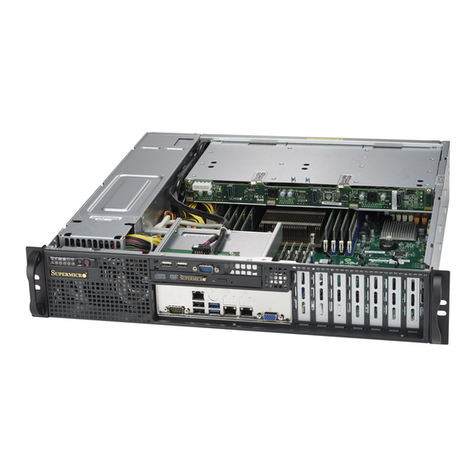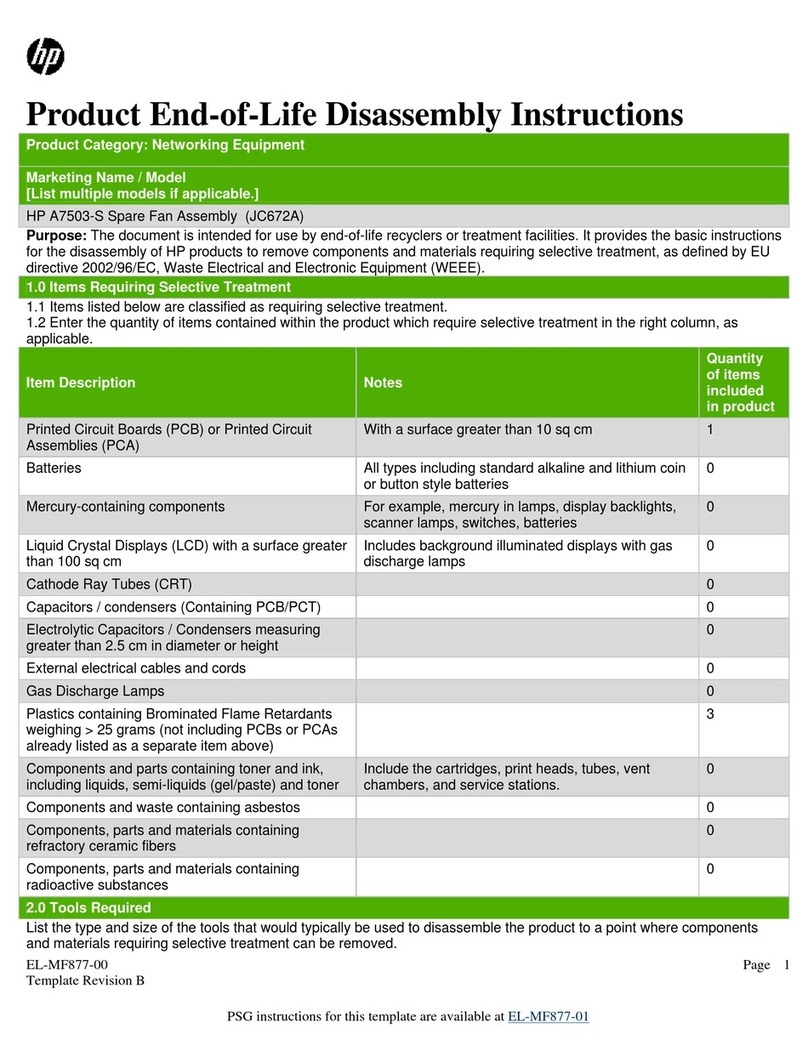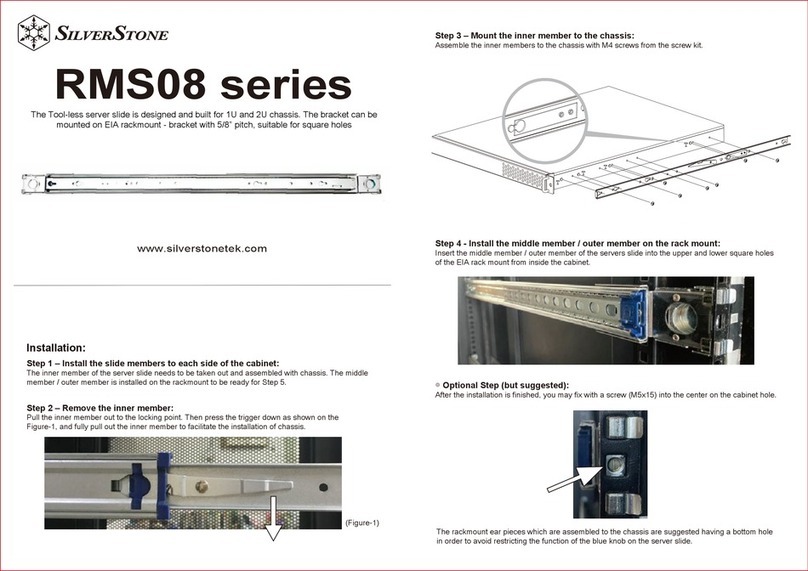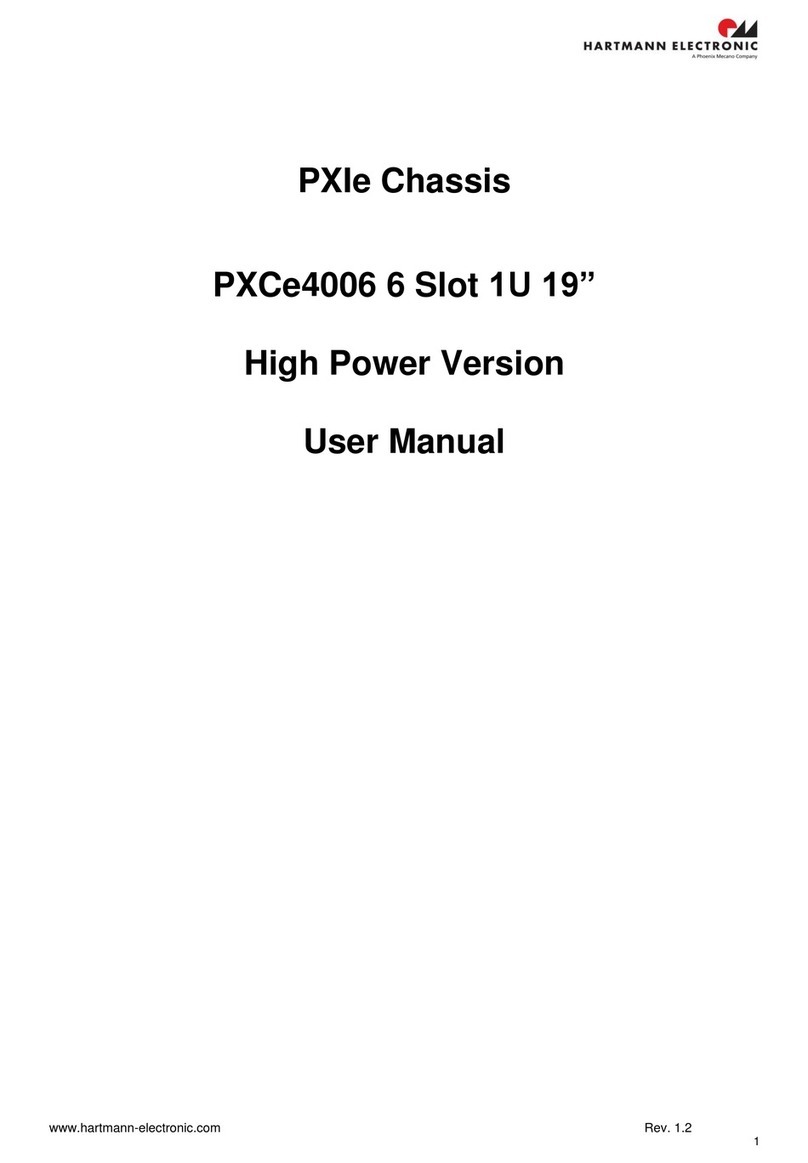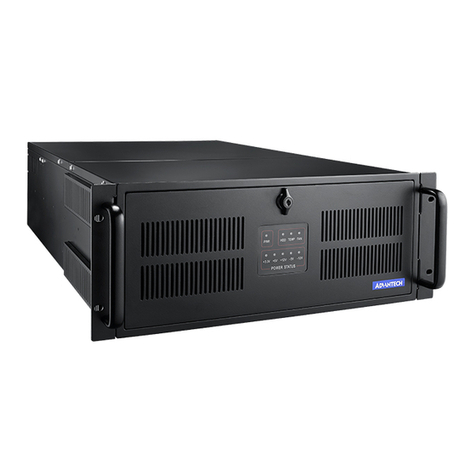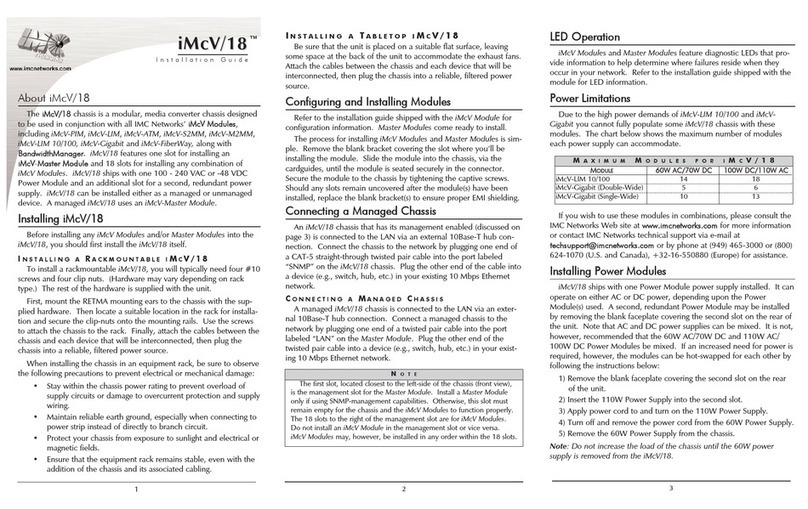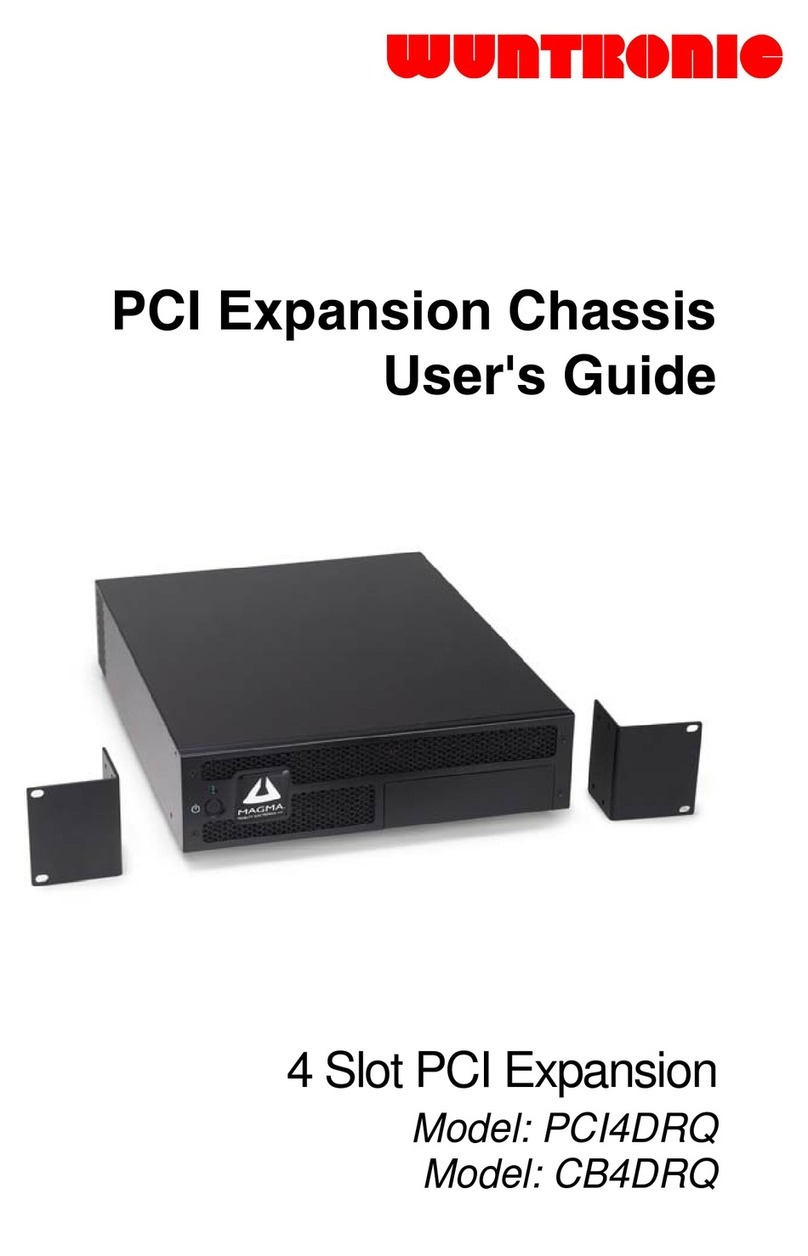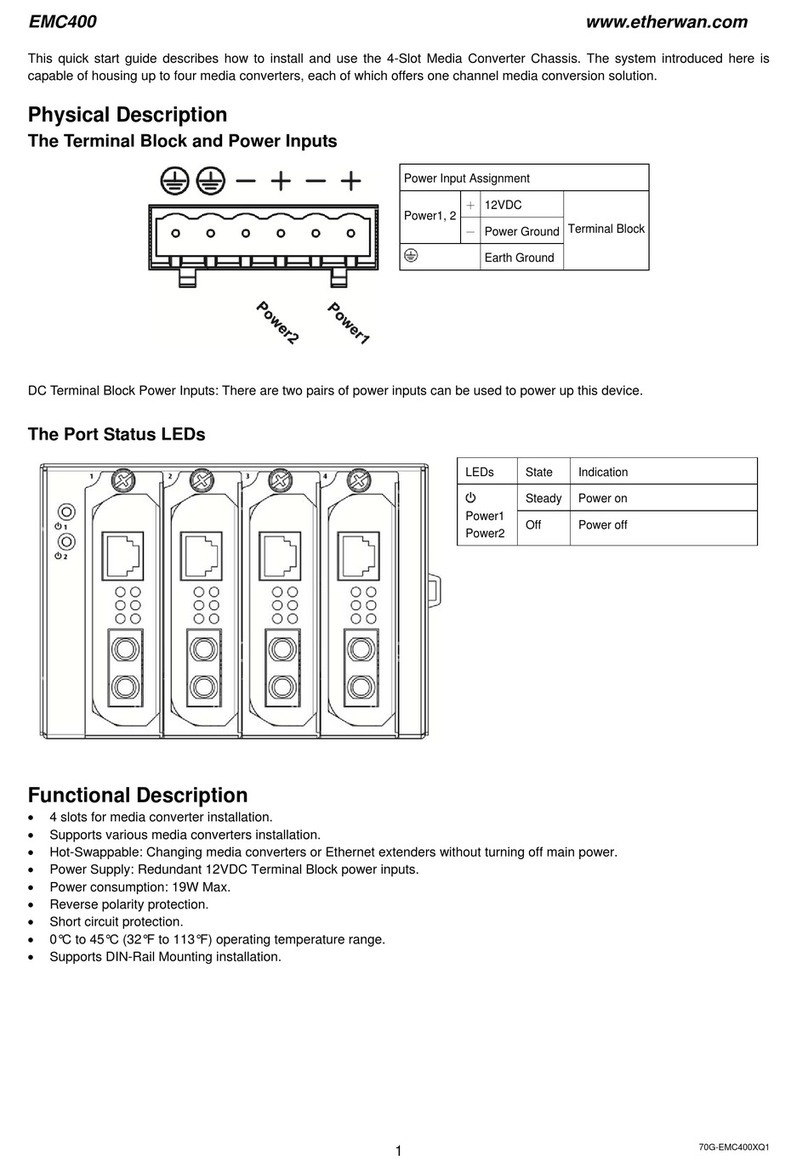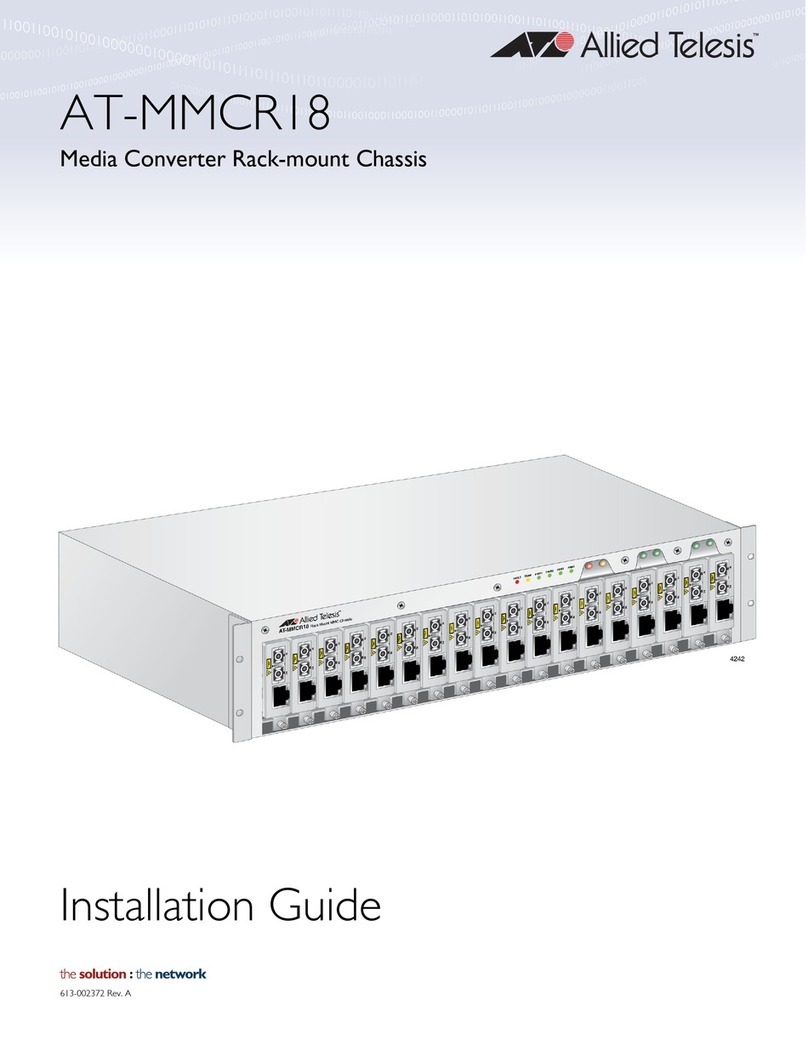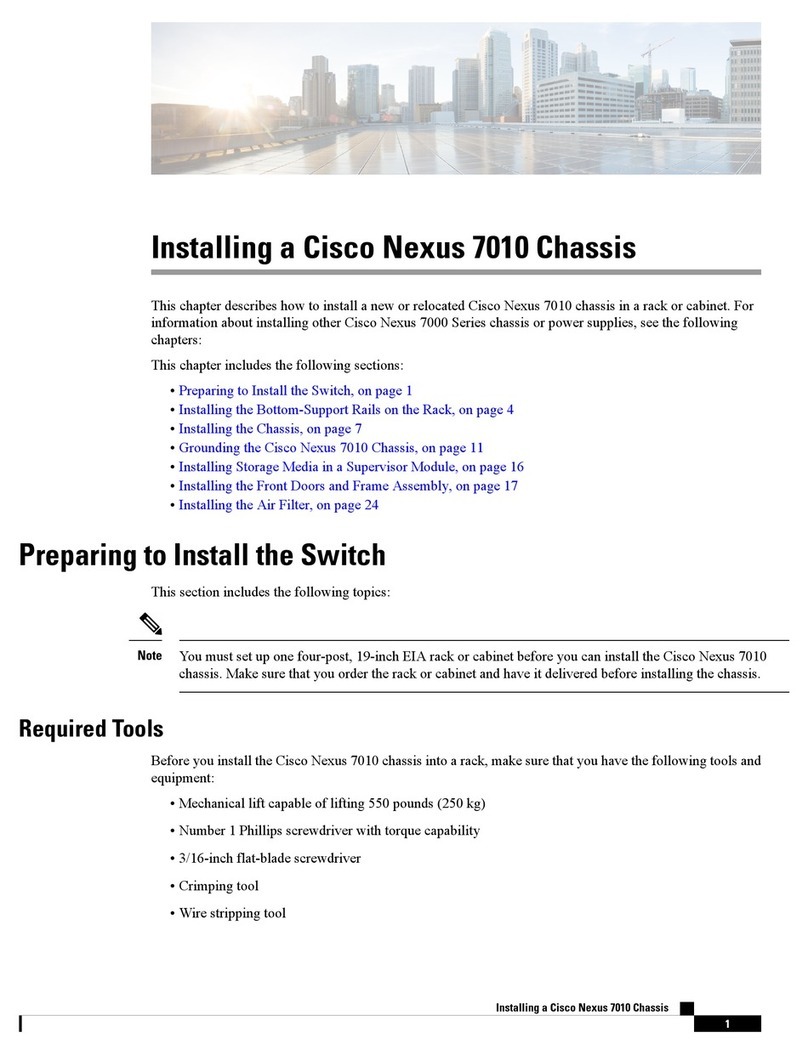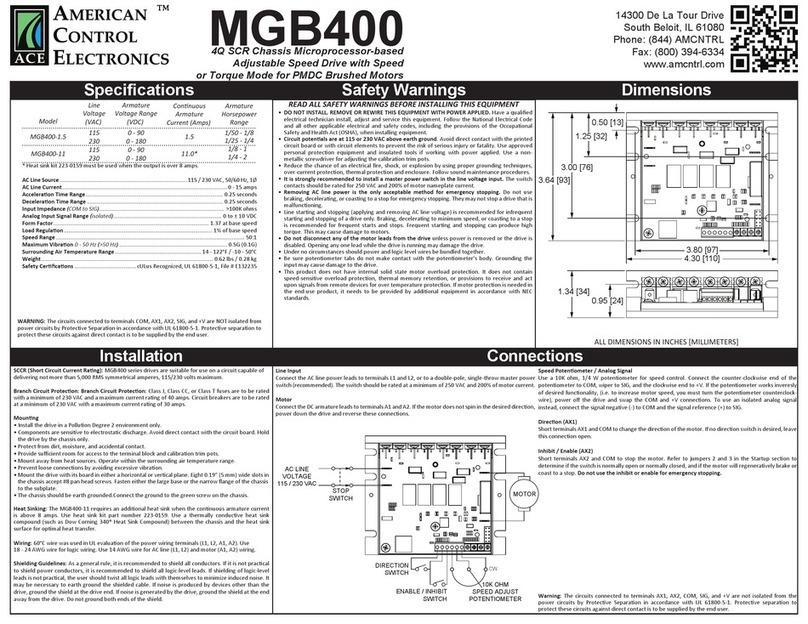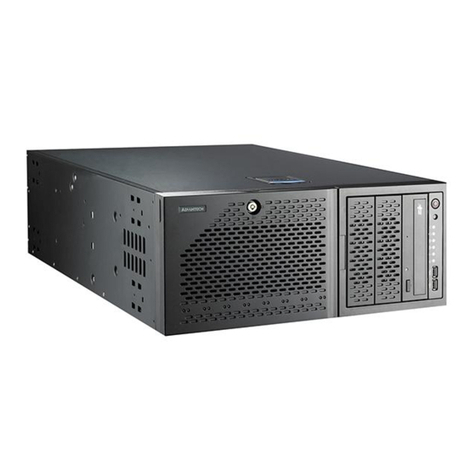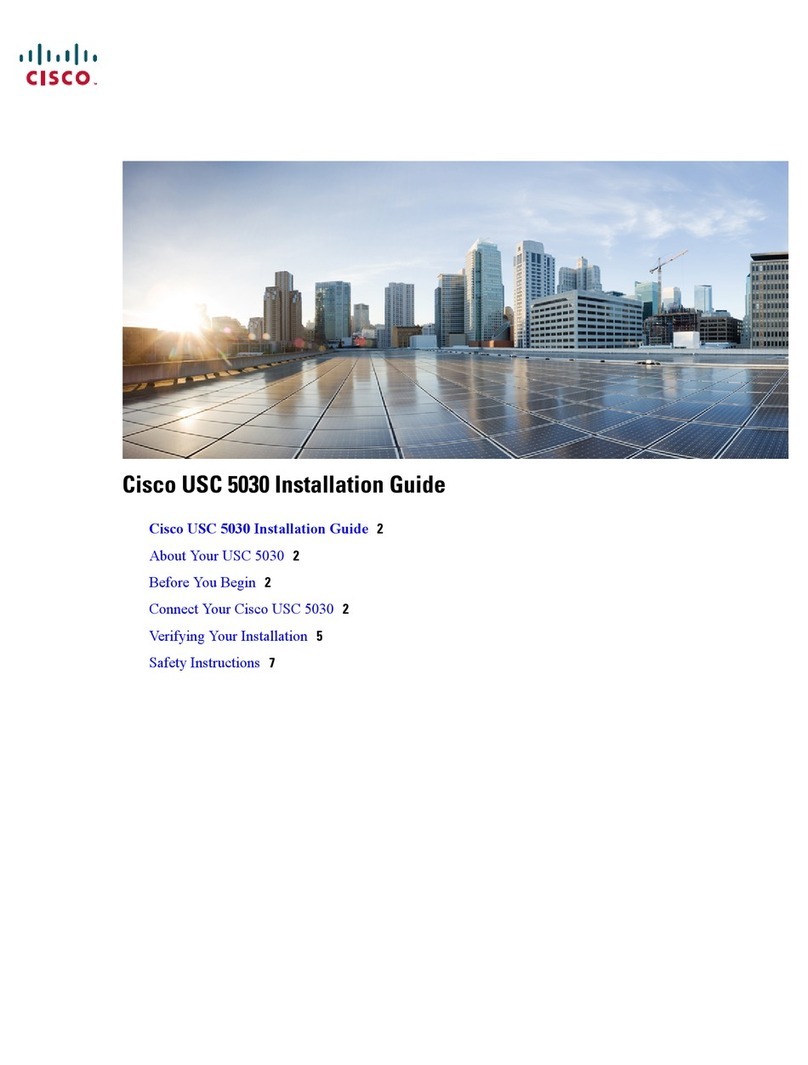Introduction to the VSR-2 1
Introduction to the VSR-2
Congratulations on your purchase of the VSR-2 multigigabit switching router. The VSR
family of products supports the IP, IPX, AppleTalk and DECnet network protocols, with OSPF
and BGP protocol support for backbone routing operations. The VSR-2 system consists of a
chassis and one or two Routing Input/Output Processors (RIOPs).
VSR-2 Installation Overview
This manual will help you mount the VSR-2 Chassis in a rack and install it on your network. It
also includes general maintenance information and some technical specifications. For the most
up-to-date information available on the VSR-2, please visit the Technical Support section of
our Web site at: http://www.compatible.com.
In short, the installation steps are:
1. Mount the VSR-2 Chassis in a rack or other appropriate setting.
2. Install the IntraPort Enterprise-8 hardware on your network and connect the 10/100
twisted-pair Ethernet interfaces to Fast Ethernet or Ethernet hubs.
3. Select the management tool you wish to use with the server. If you want to use the
CompatiView management software, you must install the software on a Windows PC
computer which is connected to your network.
4. Configure the VSR-2 parameters using the management tool you have chosen.
VSR-2 Manual Overview
This section of the manual contains general information about installing and managing the
VSR-2.
In addition to this general information, each Routing Input/Output Processor (RIOP) card
available in the VSR family has been documented separately.
The VSR-2 Chassis section of the manual is divided into the following sections:
Chapter 1: Getting Started
This part of the manual describes the contents of the VSR-2 package and emphasizes the prep-
aration and equipment you will need to install the router.
Chapter 2: Mounting Instructions
This part of the manual includes detailed instructions for mounting the VSR-2 in a variety of
equipment racks.
Chapter 3: CompatiView Software Installation
If you plan to use CompatiView, Compatible Systems’GUI (Graphical User Interface)
management software which is included with your router, then read this section. Instructions
are provided on how to install CompatiView for Windows environments.
Chapter 4: Command Line Preparation
If you have decided to use command line management and text-based configuration, either
out-of-band (through the router’s Console interface) or in-band through Telnet, read this
section.
Appendices
Additional information that might be of interest to you, such as test switch settings, technical
specifications and how to download current software, can be found at the end of this guide.
